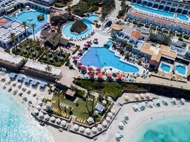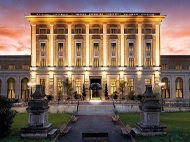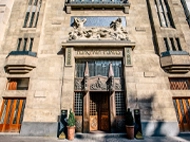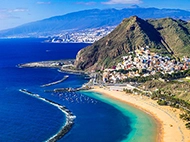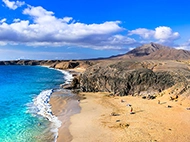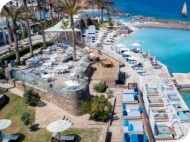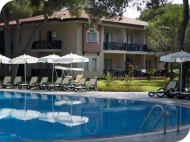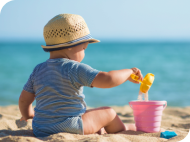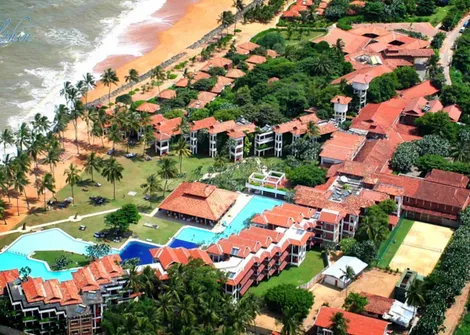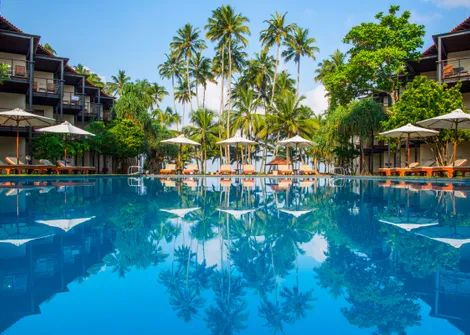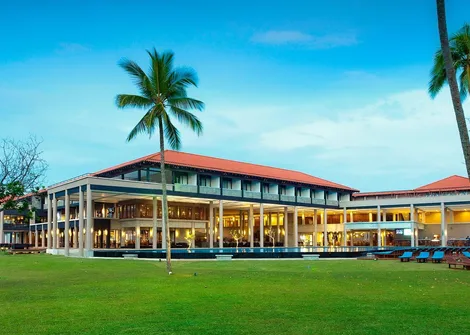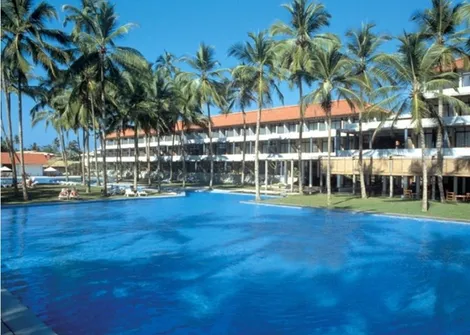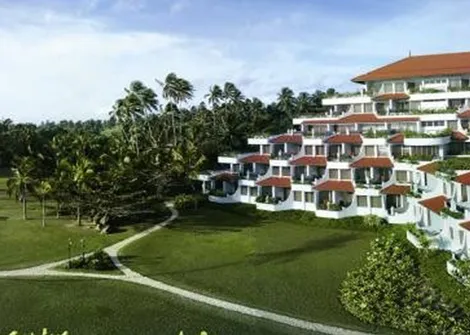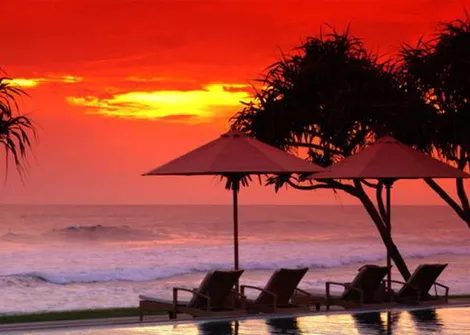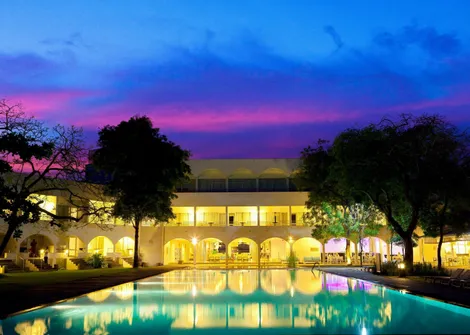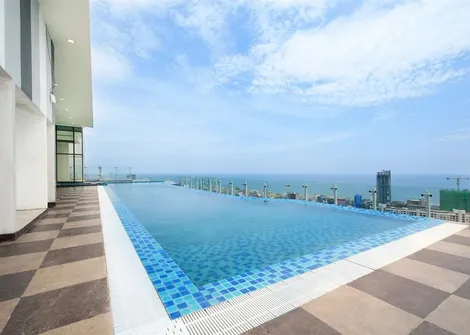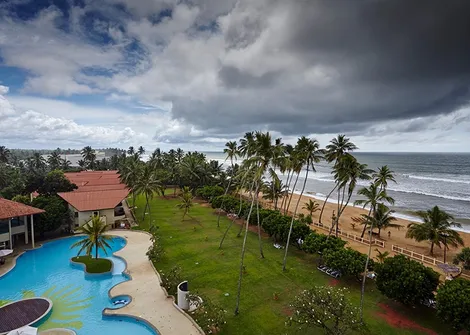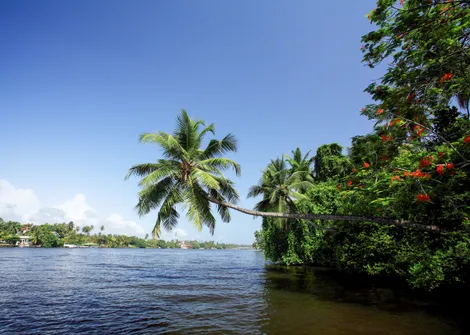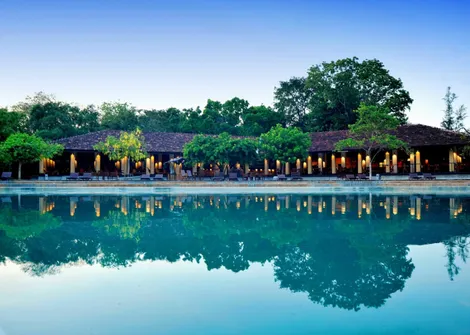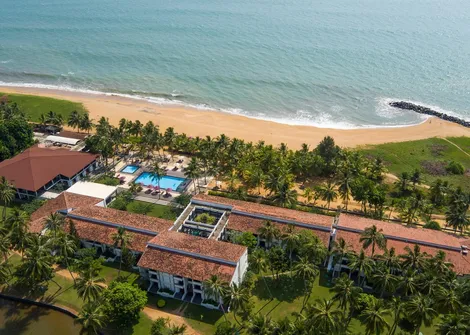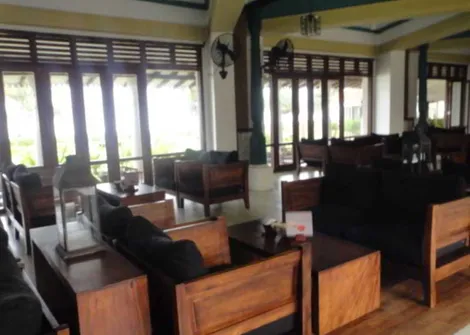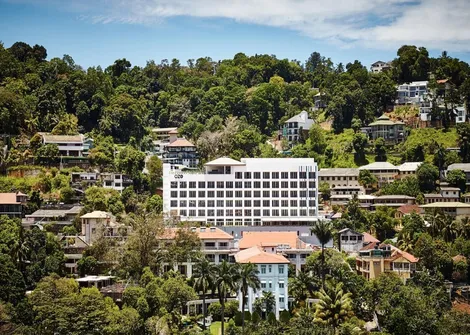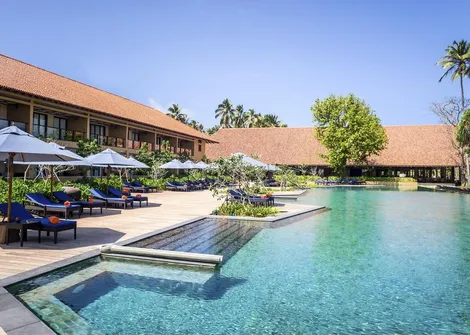You’ll be pleased to know that its position close to the equator means Sri Lanka has constant temperatures which average about 26°C, so you can enjoy it all year round. But it’s worth mentioning the two monsoon seasons to help you decide where to visit and when.
It tends to rain more in the west and south from May to September and then from October to February in the east and north. As most resorts are on the south and west coasts, the best time to visit is late November to mid-April. January to March is a fantastic time to travel across the whole of the country, when you’ll be basking in sunshine and the weather is mostly dry. When it does rain it’s usually short and sharp, heavy but over quickly before the sun returns again. Even in monsoon season there’s still lots of sunshine, and the country wouldn’t be so green and lush without the rainfall.
Temperatures fall as you climb into the tea plantations of the hills, which can be a pleasantly mild 15°C. On the coast, the thermometer stays at around 26°C all year round. April is the driest and hottest month of the year, with the thermometer soaring up to 35°C.
The monsoon begins to hit the south and west in May and June and swimming in the sea during this time is not recommended. Look out for red flags on the beaches and instead head to the brighter north and east coasts. The monsoon begins to dry off towards the end of August, while October is the wettest month in Sri Lanka as the second monsoon comes in from the north and east.
The weather in Sri Lanka means that January, February and March are excellent months to visit, with average temperatures of 30°C, plenty of sunshine (up to 12 hours a day) and minimal rainfall. The monsoon is winding down in the eastern national parks like Yala so it’s a great time for wildlife spotting, as animals gather around water holes. Kandy and the central hills of the Tea Country are also at their finest as the weather warms up, taking the edge off chilly mornings and cooler evenings.
April is a popular month too, with the beaches of the south and west enjoying plenty of sunshine and temperatures in the mid-30s. It’s also good news on the east coast, with rainfall dropping off and mostly blue skies. And heading inland, it’s around 25°C and dry in the Cultural Triangle and hill country, making April the ideal month for trekking in the Knuckles Mountains.
Humidity in Sri Lanka ranges between 60 to 90%. Remember to take light layers to stay cool. The sea is lovely and warm all year round, averaging around 28°C which is perfect for splashing in the shallows or snorkelling among the marine life.

